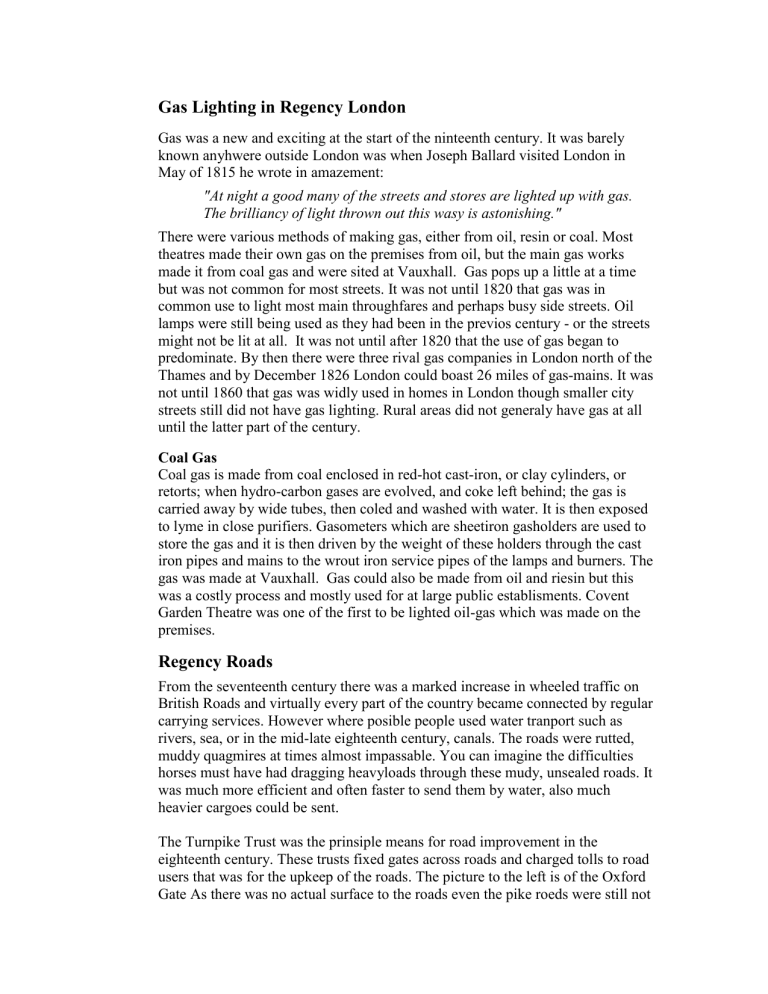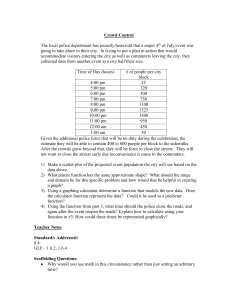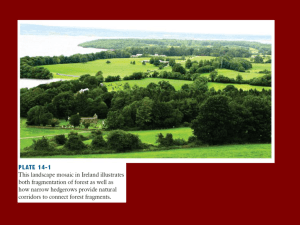Gas Lighting in Regency London

Gas Lighting in Regency London
Gas was a new and exciting at the start of the ninteenth century. It was barely known anyhwere outside London was when Joseph Ballard visited London in
May of 1815 he wrote in amazement:
"At night a good many of the streets and stores are lighted up with gas.
The brilliancy of light thrown out this wasy is astonishing."
There were various methods of making gas, either from oil, resin or coal. Most theatres made their own gas on the premises from oil, but the main gas works made it from coal gas and were sited at Vauxhall. Gas pops up a little at a time but was not common for most streets. It was not until 1820 that gas was in common use to light most main throughfares and perhaps busy side streets. Oil lamps were still being used as they had been in the previos century - or the streets might not be lit at all. It was not until after 1820 that the use of gas began to predominate. By then there were three rival gas companies in London north of the
Thames and by December 1826 London could boast 26 miles of gas-mains. It was not until 1860 that gas was widly used in homes in London though smaller city streets still did not have gas lighting. Rural areas did not generaly have gas at all until the latter part of the century.
Coal Gas
Coal gas is made from coal enclosed in red-hot cast-iron, or clay cylinders, or retorts; when hydro-carbon gases are evolved, and coke left behind; the gas is carried away by wide tubes, then coled and washed with water. It is then exposed to lyme in close purifiers. Gasometers which are sheetiron gasholders are used to store the gas and it is then driven by the weight of these holders through the cast iron pipes and mains to the wrout iron service pipes of the lamps and burners. The gas was made at Vauxhall. Gas could also be made from oil and riesin but this was a costly process and mostly used for at large public establisments. Covent
Garden Theatre was one of the first to be lighted oil-gas which was made on the premises.
Regency Roads
From the seventeenth century there was a marked increase in wheeled traffic on
British Roads and virtually every part of the country became connected by regular carrying services. However where posible people used water tranport such as rivers, sea, or in the mid-late eighteenth century, canals. The roads were rutted, muddy quagmires at times almost impassable. You can imagine the difficulties horses must have had dragging heavyloads through these mudy, unsealed roads. It was much more efficient and often faster to send them by water, also much heavier cargoes could be sent.
The Turnpike Trust was the prinsiple means for road improvement in the eighteenth century. These trusts fixed gates across roads and charged tolls to road users that was for the upkeep of the roads. The picture to the left is of the Oxford
Gate As there was no actual surface to the roads even the pike roeds were still not
very good, although admittedly better maintained than the non-pike roads. By
1770 there were some 15,000 miles of roads covered by Turnpike Trusts in
England and Wales, however a jorney from London to Cambridge at this time still took two days to complete.
Between 1815 and 1836 there was a road making revolution and it was brought by
John MacAdam. He invented a whole new concept of road making - putting a new surface on the roads. This surface was simly base of compacted broken stone under drainable surface. The difference from the old rut-ridden muddy quakmires was phenomenal - these new roads were said to have been 'macadamised'.
These macadamised roads made a startling difference, journey from Cambridge to
London which in 1750 had taken two days, only took 7 hours by 1820. Coaches could now be built lighter and were known to travel at the alarming speeds of 10 miles per hour including stoppages. Stage lenths were from 5 to 15 miles depending on the type of country but it only took one to two minutes for a coach to change horses on the road. Pasengers were let out at set ins along the route for breaks which were between 10 and 25 minutes.




